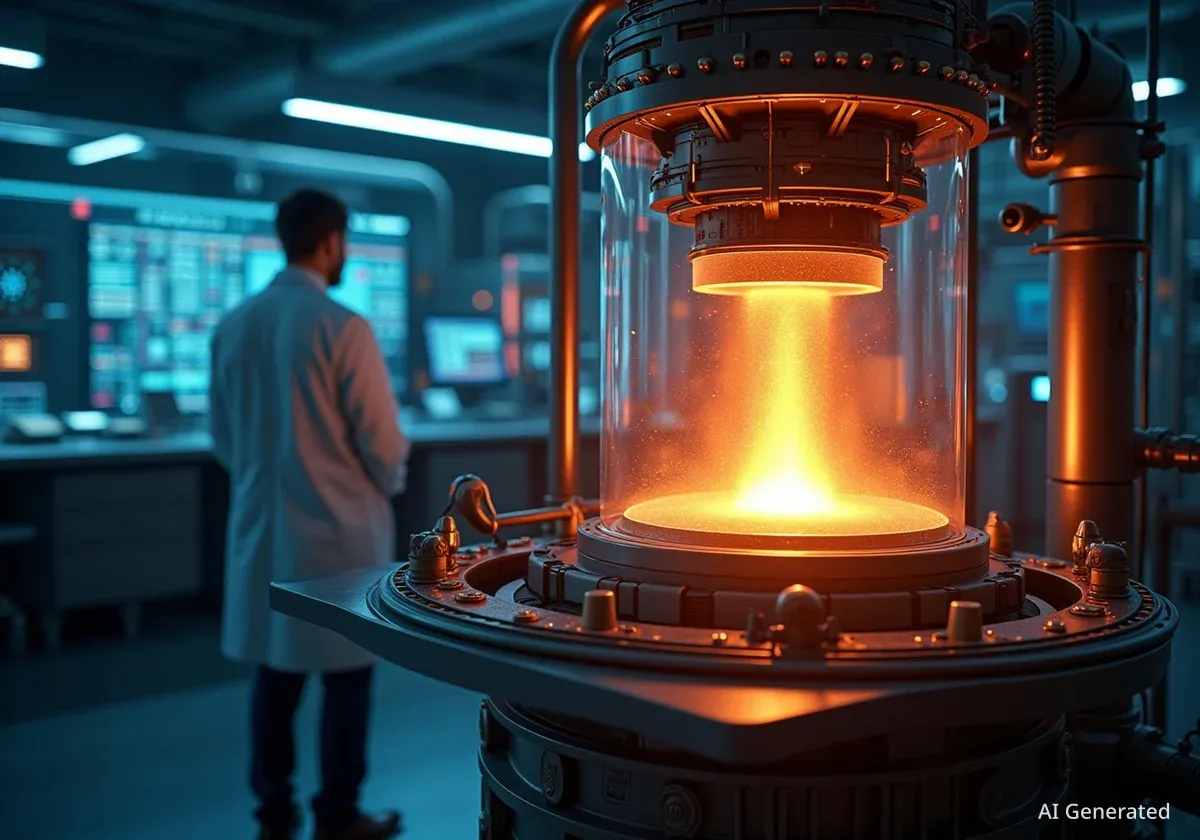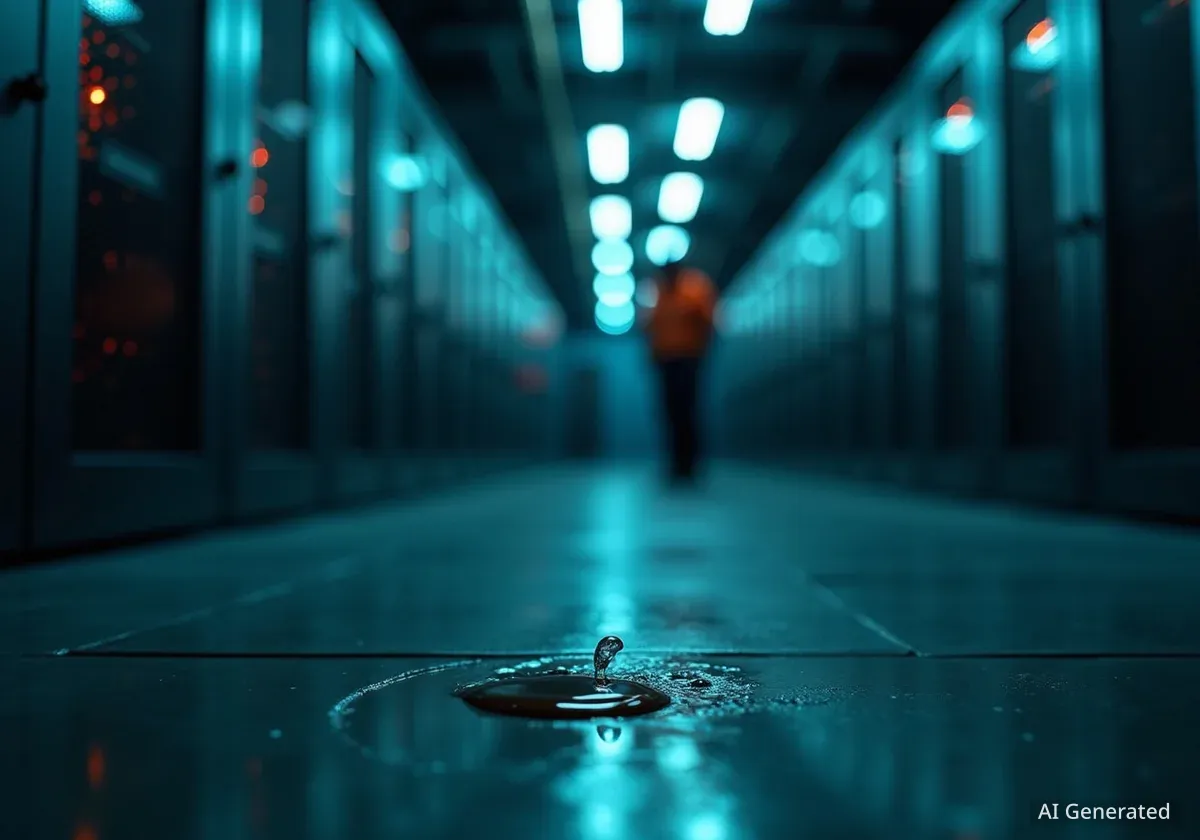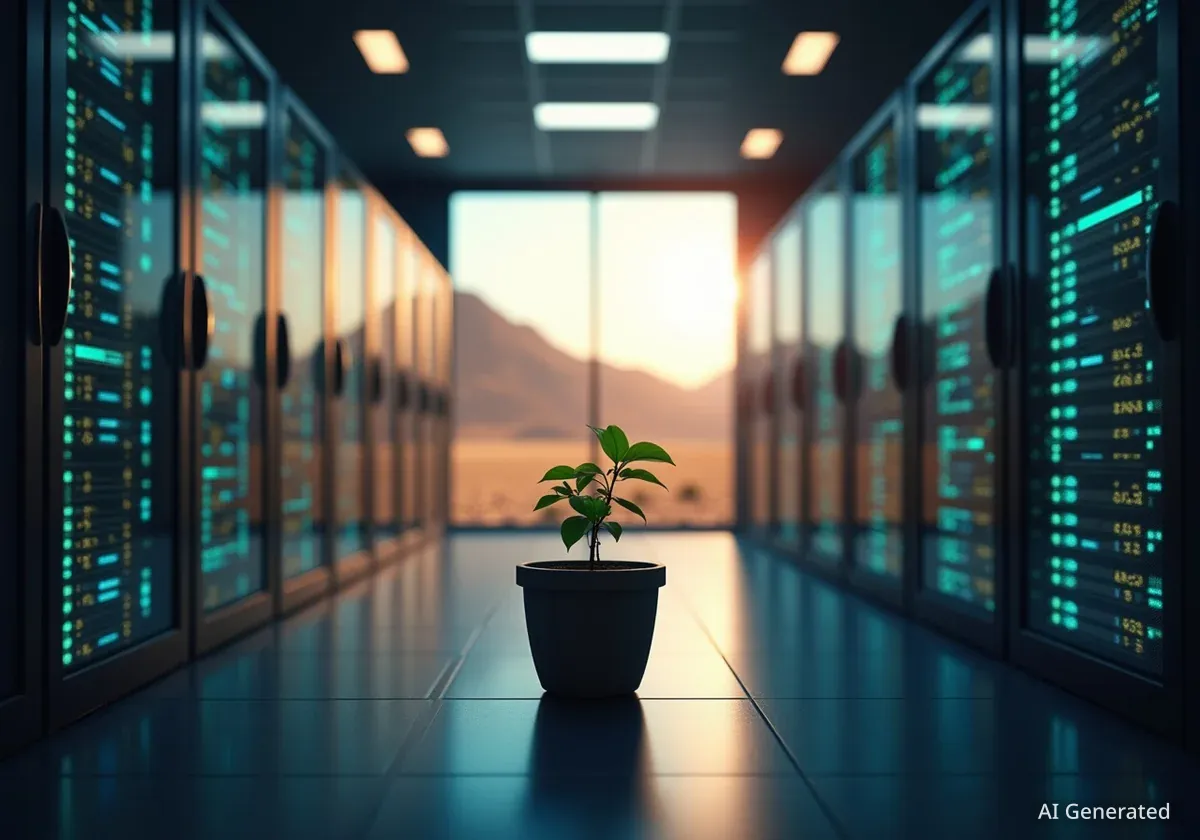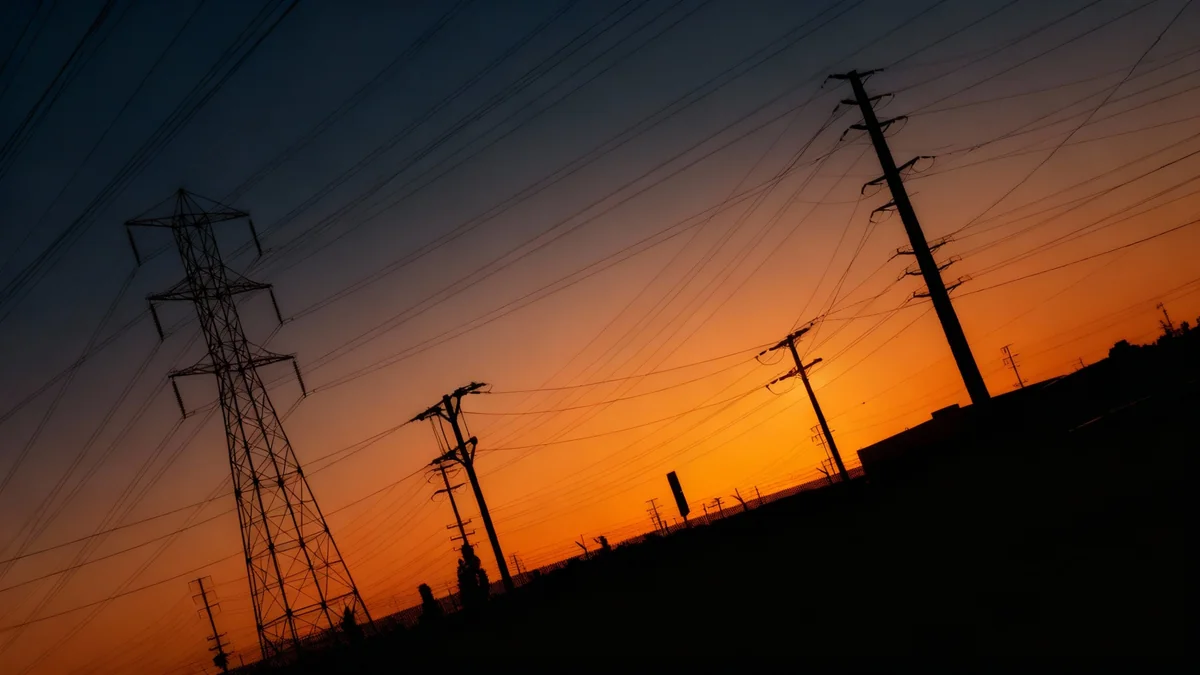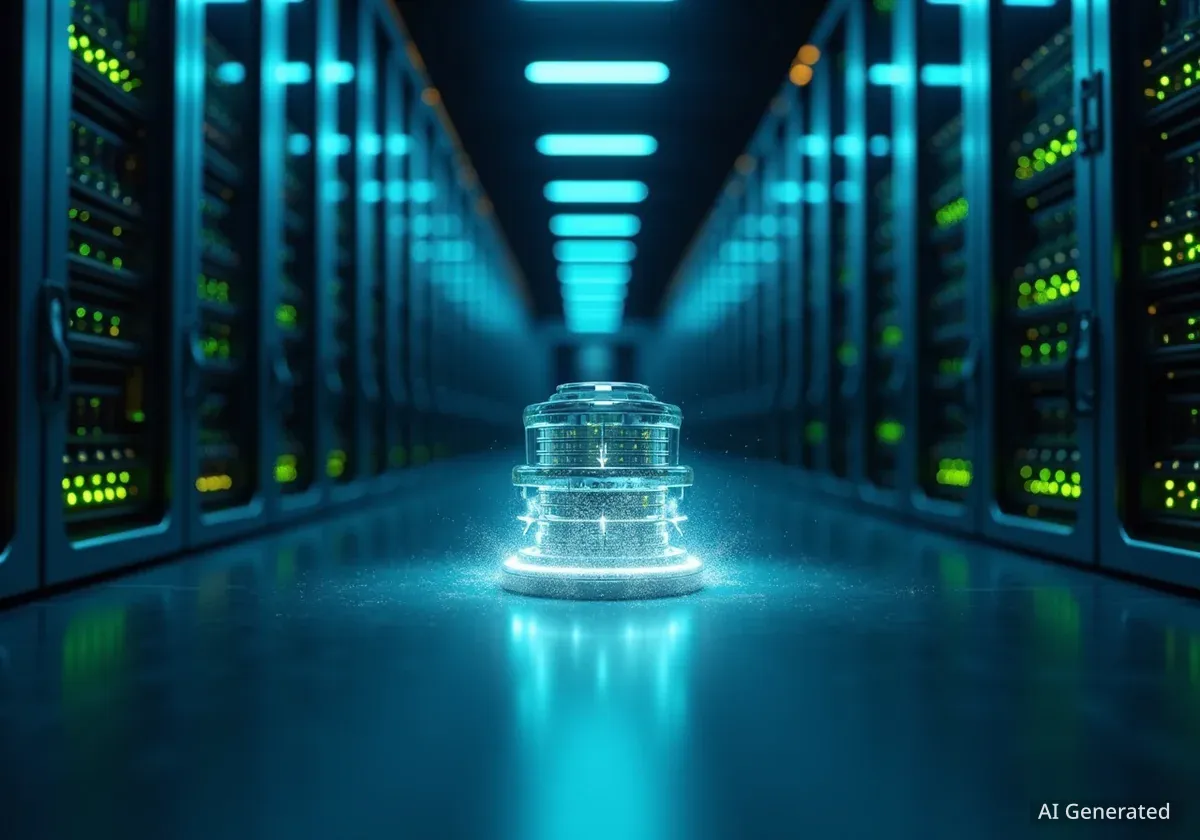Google's DeepMind division is collaborating with energy startup Commonwealth Fusion Systems (CFS) to apply artificial intelligence to one of the biggest challenges in fusion energy. The partnership aims to use AI to control the superheated plasma inside CFS's experimental Sparc reactor, a critical step toward generating clean, virtually limitless power.
The joint effort will leverage DeepMind's specialized software, known as Torax, to simulate and optimize reactor operations. This move underscores the growing role of AI in solving complex scientific problems and highlights the technology industry's strategic interest in securing future energy sources for power-intensive data centers.
Key Takeaways
- Google DeepMind and Commonwealth Fusion Systems (CFS) have partnered to use AI in fusion energy research.
- The collaboration will use DeepMind's Torax software to simulate and control plasma in the Sparc fusion reactor.
- The primary goal is to solve the complex problem of plasma stability, which is essential for sustained fusion reactions.
- Google is also an investor in CFS and has agreed to purchase power from its future commercial plant, indicating a long-term strategic interest.
AI Tackles Plasma Control in Fusion Research
Commonwealth Fusion Systems announced its work with Google DeepMind to enhance the performance of its Sparc demonstration reactor, currently under construction near Boston. The project focuses on using AI to manage the incredibly hot and unstable plasma required for nuclear fusion.
Fusion power aims to replicate the process that powers the sun, fusing atomic nuclei to release immense energy. A major obstacle is containing and controlling plasma at temperatures many times hotter than the sun's core. In reactors like Sparc, this is done using powerful magnetic fields.
However, managing these magnetic fields in real-time is extraordinarily complex. Reactor operators must adjust numerous variables simultaneously to keep the plasma stable. According to experts, this challenge is well-suited for artificial intelligence, which can process vast amounts of data and make rapid adjustments far beyond human capability.
What is Torax?
Torax is a specialized software platform developed by DeepMind for simulating plasma physics within a tokamak, a donut-shaped device used in many fusion experiments. By creating a digital twin of the reactor's core, researchers can test and refine control strategies without needing to run costly and time-consuming physical experiments.
The Path to Net-Positive Energy
The collaboration will use Torax to run simulations of the plasma inside the Sparc reactor. By pairing these simulations with reinforcement learning and other AI models, the teams hope to discover the most efficient methods for achieving and maintaining a fusion reaction.
Google stated that this approach could identify "the most efficient and robust paths to generating net energy." The ultimate goal is to create a control system that allows the reactor to produce more energy than it consumes to operate—a milestone known as net energy gain.
CFS is currently building its Sparc reactor in Devens, Massachusetts. The project is reportedly two-thirds complete, with a target completion date in 2026. The company predicts that Sparc will be the first fusion device in the world to achieve net-positive energy, a landmark achievement for the industry.
"One of the biggest challenges facing fusion startups is keeping the plasma inside a reactor hot enough for long enough. Without the mass and gravity of a star, the plasma is constantly in danger of diffusing and snuffing itself out."
Google's Strategic Interest in a Fusion Future
This partnership is not Google's first venture into fusion research. The company has previously worked with another fusion startup, TAE Technologies, to use AI for studying plasma behavior. Google's continued involvement highlights the tech industry's urgent need for new, large-scale clean energy sources.
The rapid growth of AI has created an enormous demand for electricity to power data centers. Fusion energy, if realized, promises a carbon-free power source that uses abundant fuel, primarily derived from water.
Significant Financial Backing
Google's commitment extends beyond research collaboration. In August, the company participated in CFS's $863 million Series B2 funding round, alongside other major investors like Nvidia. This financial backing signals strong confidence in CFS's approach to fusion.
Furthermore, Google has already signed on as a future customer. The company has a power purchase agreement to buy 200 megawatts of electricity from CFS's first planned commercial power plant, named Arc. This facility is slated to be constructed near Richmond, Virginia, and represents the next step after the Sparc demonstration.
By investing in and partnering with fusion companies like CFS, Google is not just advancing scientific research; it is actively working to secure the massive energy supply its future operations will require. This strategic alignment between AI developers and energy innovators could accelerate the timeline for bringing commercial fusion power to the grid.
